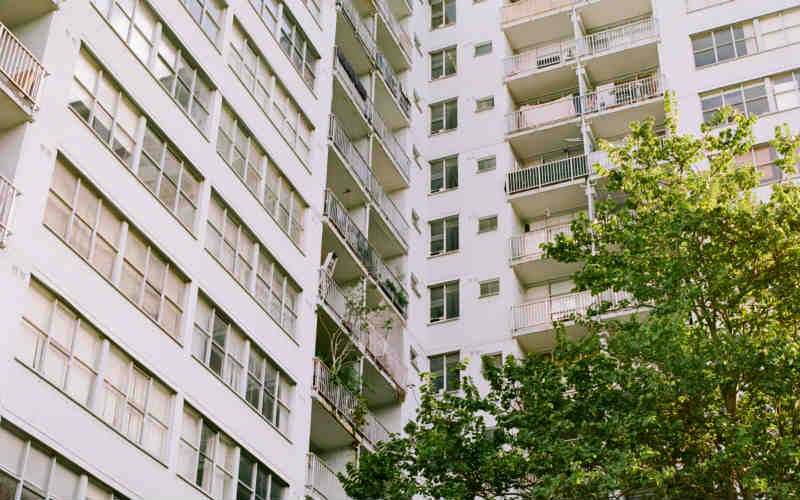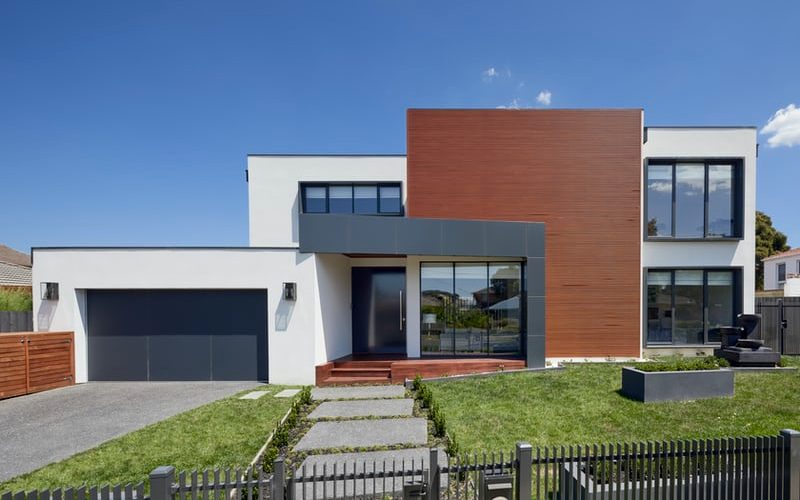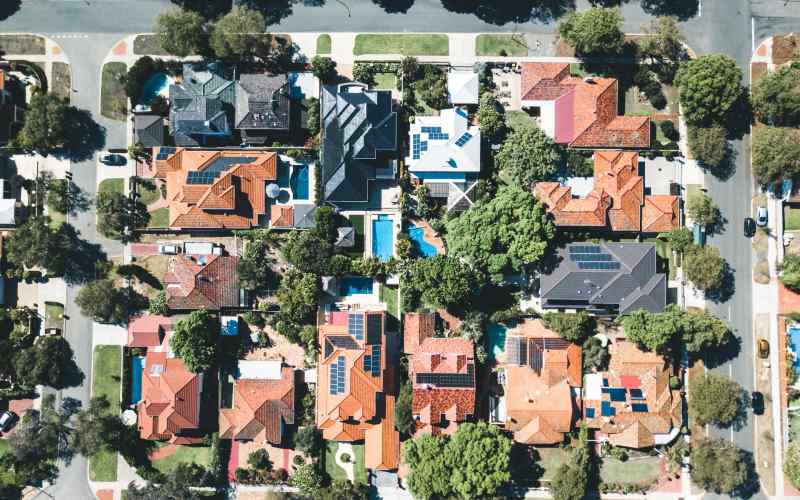Eight research projects will be fast-tracked to help governments make better housing policy decisions during and after the coronavirus pandemic, the Australian Housing and Urban Research Institute (AHURI) has announced.
The COVID-19 Research Agenda, which will deliver findings in the second half of 2020, examines topics including housing affordability stress during COVID-19, impacts on renters and landlords, and rebuilding the economy.
AHURI Chair Adrian Harrington said the research had been fast-tracked to respond to the crisis.
"This is the first time that AHURI has funded rapid research projects on this scale and reflects the urgent need for quality research to support urban and housing policy innovation given the significant impact that COVID-19 is having on Australia's urban environments and housing markets," Mr Harrington said.
The announcement comes as AHURI released a report raising concerns over livability issues for lower-income earners living in high density apartments.
The report, Improving outcomes for apartment residents and neighbourhoods, looked at people earning less than $1,499 a week living in Sydney and Melbourne in apartments higher than four storeys.
Report author and University of NSW associate professor Hazel Easthope said lower-income apartment residents, who have been heavily impacted by the pandemic due to a lack of light and outdoor living space, often have less choice over where they live.
"Lower-income apartment residents often live in buildings with few shared spaces so the public shared spaces in their neighbourhoods are at risk of overuse," Ms Easthope said.
"Having access to local community facilities and spaces—such as libraries, community centres, parks—is essential for apartment residents on lower incomes as they are less likely to be able to afford to use other commercial spaces such as cafes."
In Australia, 10% of the population lives in an apartment, with 85% of apartment residents living in the major capital cities.
Ms Easthope said innovation in building and neighbourhood design and management, as well as ongoing community engagement, could radically improve the quality of life for residents.
“Flexibility in the design and management of buildings and public infrastructure is important to allow them to be adapted over time to reflect changing community needs," she said.
"For example, helping to activate street frontages by enabling community use of ground floor building space that might otherwise be empty shop fronts."
“In terms of community engagement, having a dedicated place manager, and setting up community councils that enable engagement between residents and local government on ongoing place management issues work really well.”
Work from home emergence prompts rethink of housing after pandemic
High density apartment living has proven challenging for all income earners during the pandemic, with lockdown and social distancing measures forcing many to stay within their apartments with limited access to outdoor space.
The virus-induced shutdown that has forced many to work from home could prompt property developers to rethink designs to meet the needs of buyers and renters.
A survey conducted by market researchers McCrindle and Cint found 78% of Australians think working from home will become the new norm.
Demographer Mark McCrindle said this could influence how people choose their next home, with increasing preferences for flexible living spaces, a rethink of shrinking dwelling sizes, and increasing reliance on shared spaces.
“The extent to which this working arrangement has lasted and will last means that it will be deeply entrenched in people’s psyches and therefore weigh on home-buying decisions,” said McCrindle.
"There will be a swing towards home ownership over renting and detached homes over high rise apartments," he said.
"This benefits those regions that used to have the disadvantage of long commute times."
A recent survey by Mirvac also found that more than a third (37%) of people would reconsider where they lived if it meant they could work from home.
The survey also found that people wanted a dedicated private home office as well as bigger and more flexible living spaces.

Ready, Set, Buy!
Learn everything you need to know about buying property – from choosing the right property and home loan, to the purchasing process, tips to save money and more!
With bonus Q&A sheet and Crossword!



 Harrison Astbury
Harrison Astbury
 Harry O'Sullivan
Harry O'Sullivan











